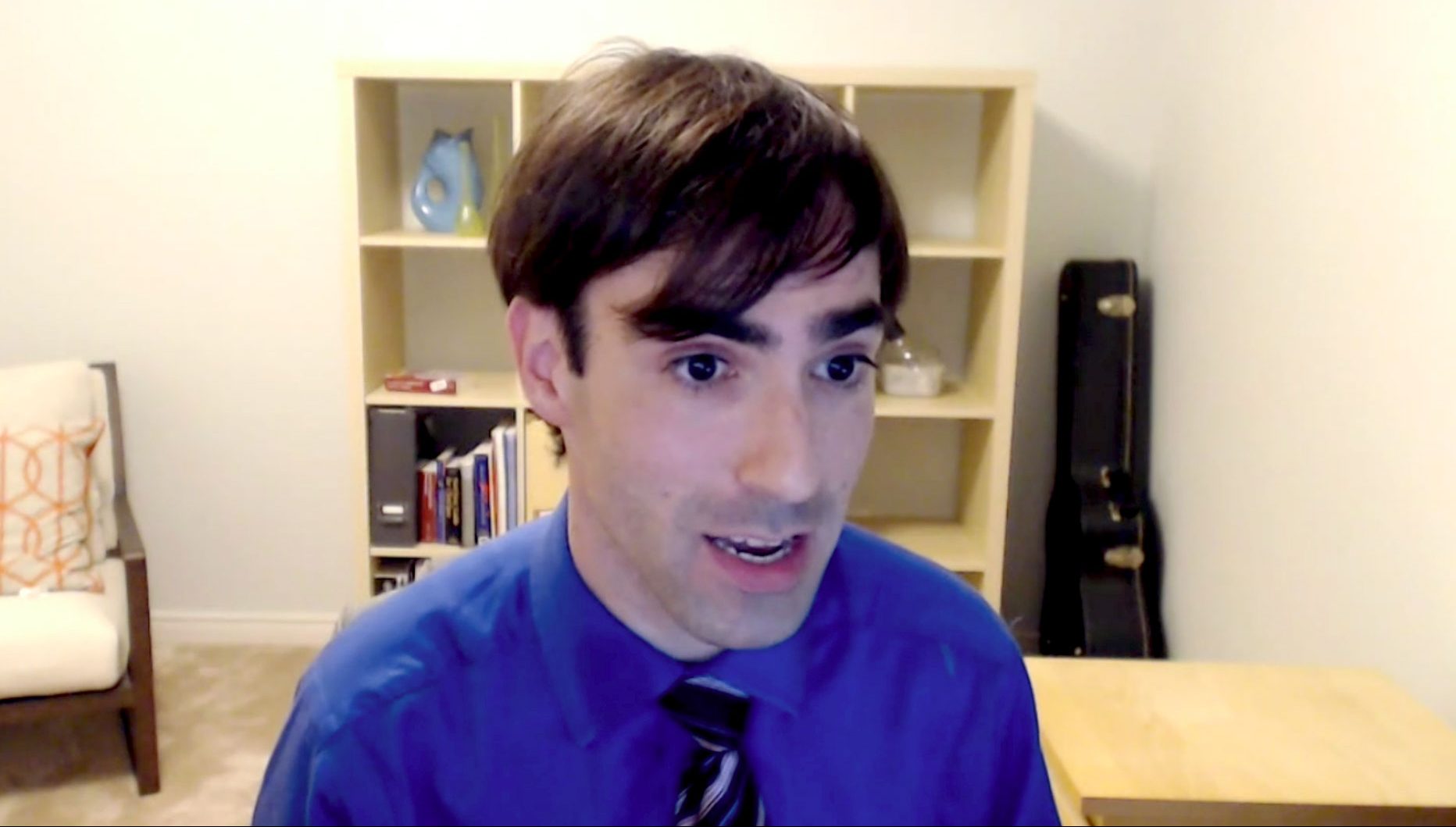GUELPH – With COVID-19 cases rising in schools, Wellington-Dufferin-Guelph Public Health (WDGPH) associate medical officer of health Dr. Matthew Tenenbaum says children aged 11 and under are among the most vulnerable.
In a Sept. 28 Upper Grand District School Board (UGDSB) meeting, Tenenbaum provided UGDSB officials with an update on community transmission, vaccine rollout, vaccines for children who are not currently eligible and control measures being implemented to reduce the spread of COVID-19 in schools.
“We have worked closely with [UGDSB] staff over the last number of months to make sure that the start of this school years goes as well as it can, that we are really prepared to make sure we are managing the pandemic and keeping kids in school as long as it is safe to do so,” Tenenbaum said.
As of Sept. 28, the UGDSB is reporting 10 active cases in nine schools. There has been a total of 51 cases in 25 schools since students returned to school on Sept. 7.
“The fact that we’re still seeing an increase in cases at this point in the pandemic tells us that despite the progress we’ve made in our immunization campaign, we’ve not yet reached a point where we’re able to completely rid our community of transmission,” Tenenbaum continued.
“We don’t have enough of our community immunized to really eradicate the opportunity for COVID to spread.”
He said when it comes to school-age cohorts, WDGPH is seeing an increase in its case rates.
He added that unlike previous pandemic waves, the case rate for those aged 0 to 11 has been “outpacing” the rate for those aged 12 to 17 because older children are able to be vaccinated.
“Right now, we’re unfortunately at a phase where when it comes to those who are ages 11 and younger, we don’t yet have a vaccine to offer them and that makes them more susceptible and puts them at increased risk compared to those who are older,” Tenenbaum stated.
“And it does reflect that awkward phase we are in where we have some people who can benefit from the vaccine but not everyone – and among those who are in our schools, our youngest people are most vulnerable.”
Tenenbaum said younger children who get COVID are less likely to require hospital care and less likely to become seriously ill or to die as a result of COVID-19 compared to adults, but it’s important to continue to be cautious and keep case rates as low as possible.
He added the WDGPH region is now at a point where over 86 per cent of the eligible population have received their first dose and over 82 per cent have received their second dose.
“The vaccines make a difference, but we need the entire community immunized at as high a level as possible to really bring the virus to its heels,” Tenenbaum said.
In terms of vaccine eligibility for those under the age of 11, Tenenbaum said public health officials are hoping later this fall or winter vaccines will be expanded to children aged five to 11, after it undergoes the review process.
Tenenbaum said WDGPH expects cases of COVID-19 to continue to “pop up,” given the highly transmissible Delta variant.
“We know COVID-19 will be still at risk in our schools,” he explained.
“That’s why all the measures that we’re taking to control COVID-19 in our community will reduce the risk we have in our schools even for those who are not in school or working at school or interfacing with school directly.
“All of the measures that all of us take to keep case counts down overall reduce the risk in our schools.”
He added, “Cases in schools come from somewhere. They don’t spring out of thin air, they always come from somewhere.
“Someone comes into to school having been exposed somewhere else.”
Tenenbaum said reducing the level of COVID-19 in the community will ultimately reduce exposure, mitigating the risk of the virus entering schools in the first place.
“The risk in our schools is strongly linked to the risk in our communities and everything that all of us are doing day to day reduces the risk in our schools if we do them regularly,” he explained.
Tenenbaum said there’s no one measure that protects people in schools, adding WDGPH is taking a “multi-pronged and multi-layered approach.
“So that’s why we combine vaccinations and masks and distancing and keeping people in cohorts and doing daily screenings and optimizing ventilation,” he explained.
“All of those things work together, because the idea is that even if there’s a gap or a failure of any one layer, you’ve got other layers to back it up.”




